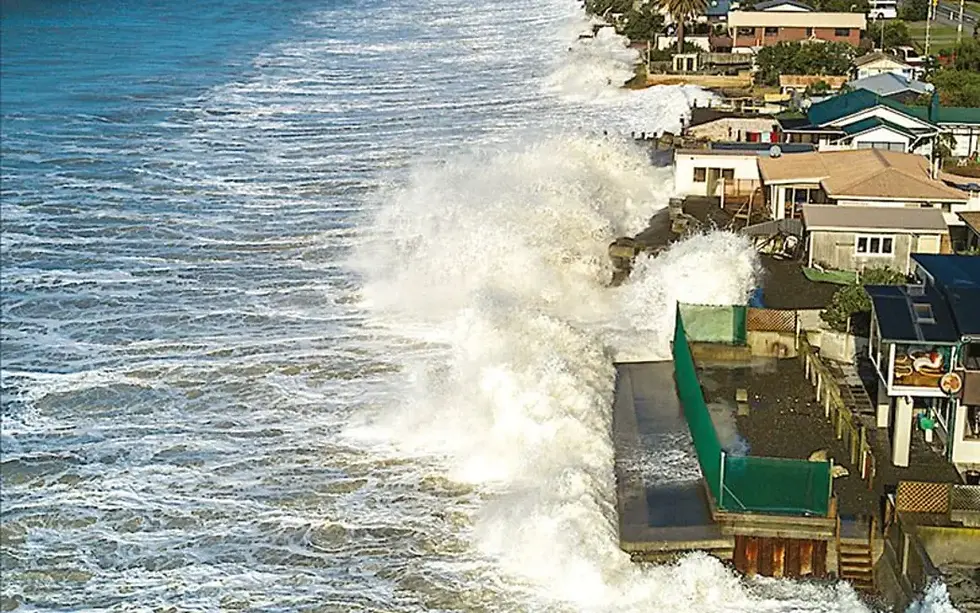Real Estate : Parkipelago City Park vs. Wild Mile Park
- charlotteselve8
- 2 sept. 2023
- 2 min de lecture
Floating parks are revolutionizing urban green spaces, offering vibrant alternatives to traditional land-bound parks. In this blog post, we'll take a closer look at two remarkable floating parks on opposite sides of the Atlantic:
Parkipelago City Park in Copenhagen Islands, Denmark
Wild Mile Park in Chicago, United States
Each park has its unique features and design, providing an exciting contrast between European and American approaches to urban waterways.
Parkipelago City Park: Embracing Danish Tranquility
Location: Copenhagen Islands, Denmark
Designers: Marshall Blecher and Magnus Maarbjerg
Key Features:
Modular Islands: Parkipelago consists of a series of floating modular islands anchored in Copenhagen's harbor. These platforms host a variety of functions, including gardens, saunas, and even a floating cabin for visitors.
Biodiverse Habitats: The park focuses on enhancing biodiversity by creating underwater landscapes that attract various marine life. These habitats offer a unique opportunity for visitors to interact with nature in an urban setting.
Sustainability: Solar panels power the islands, and rainwater is collected for irrigation, emphasizing the park's commitment to sustainable practices.
Community Space: The islands are designed as communal spaces, fostering a sense of community and connection among residents and visitors.
Wild Mile Park: Nature Reclaims Chicago's River
Location: Chicago, Illinois, United States
Designers: Urban Rivers and other partners
Key Features:
River Revival: Wild Mile Park is an ambitious project aiming to restore the Chicago River's natural habitat while providing recreational spaces. It includes floating gardens, kayak docks, and a fishing area.
Aquatic Life: The park focuses on revitalizing the river ecosystem, featuring floating gardens that support native plants and aquatic life. This approach promotes biodiversity and creates a unique urban wildlife experience.
Educational Hub: The park offers an outdoor classroom for environmental education, engaging the community in learning about local ecology and conservation efforts.
Accessible Recreation: Wild Mile Park encourages active lifestyles with amenities like kayak rentals, allowing residents to explore the waterway and enjoy the natural surroundings.
A Comparative Look:
Design Philosophy: Parkipelago City Park emphasizes modularity, sustainability, and versatile functions, while Wild Mile Park prioritizes ecological restoration and educational elements.
Location: Parkipelago blends seamlessly into Copenhagen's harbor, offering a serene escape from the bustling city, while Wild Mile Park is a vibrant addition to Chicago's urban landscape, reclaiming a once-polluted river.
Community Engagement: Both parks foster community engagement but in different ways. Parkipelago encourages communal gatherings, while Wild Mile Park educates and connects residents to their natural environment.
Ecological Impact: Wild Mile Park's primary focus is ecological restoration and wildlife habitat creation, making it a compelling example of urban conservation efforts. Parkipelago, while enhancing marine biodiversity, also offers versatile recreational spaces.
In conclusion, Parkipelago City Park and Wild Mile Park demonstrate how floating parks can be tailored to their unique urban contexts. Parkipelago in Copenhagen showcases a modular and adaptable design, while Wild Mile Park in Chicago emphasizes ecological restoration and community education.
Both parks enrich their respective cities by combining urban living with nature, redefining the possibilities of public spaces in the 21st century.
Whether you seek tranquility or ecological engagement, these floating parks offer innovative solutions for urban dwellers to connect with the environment in exciting new ways.


Commentaires